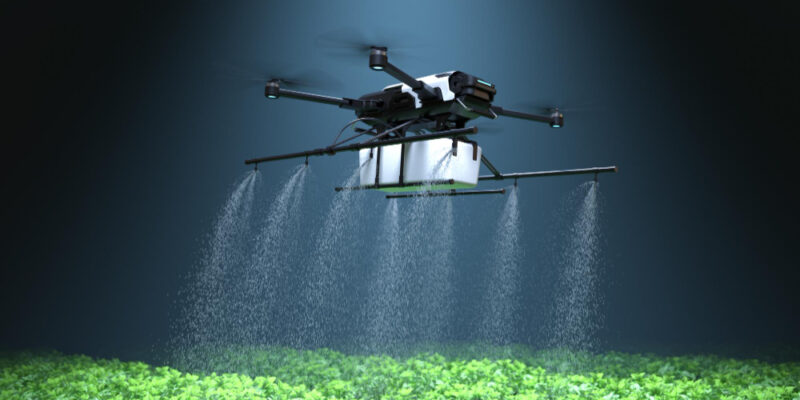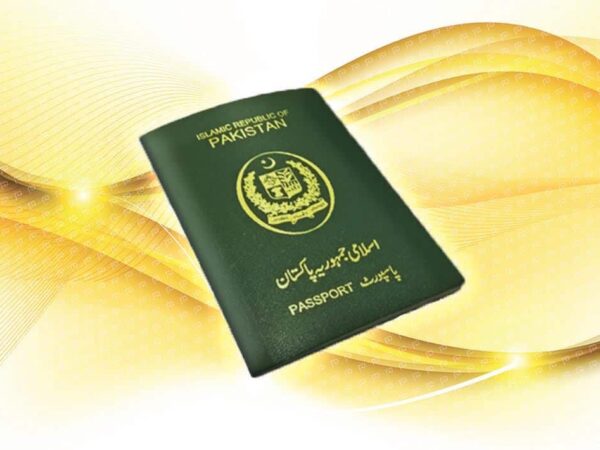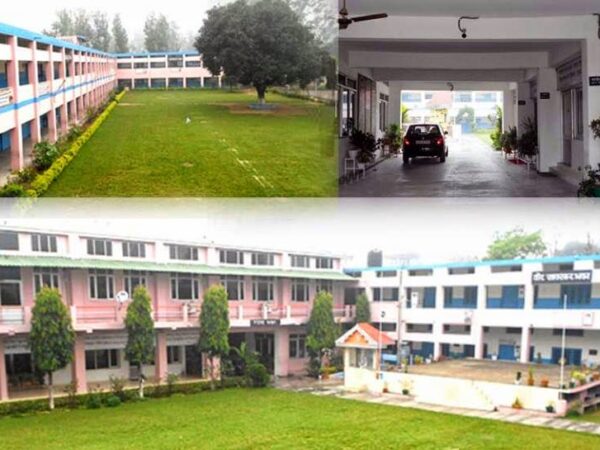In the realm of modern agriculture, Agribot Drones technology continues to transform traditional farming methods. One significant innovation making waves is the use of drones. These advanced unmanned aerial vehicles (UAVs) are revolutionizing farm automation, offering farmers unprecedented capabilities to monitor, manage, and optimize their operations. This comprehensive guide delves into the world of drones, exploring their applications, benefits, challenges, and the future of automated farming.
1. Introduction to Agribot Drones
Agribot drones, also known as agricultural drones or UAVs, are specialized aerial vehicles equipped with various sensors, cameras, and technology designed specifically for farming applications. These drones are used to gather valuable data and perform specific tasks to enhance agricultural efficiency and productivity.
2. Applications of Agribot Drones
- Agribot drones have a wide range of applications across different stages of farming:
- Field Monitoring: Drones can monitor crop health, detect diseases, and assess plant stress by capturing high-resolution images of fields.
- Precision Spraying: Drones equipped with spraying systems can precisely apply pesticides, fertilizers, or herbicides, reducing chemical usage and labor costs.
- Crop Scouting: Drones enable efficient scouting of large fields, identifying areas that require attention and intervention.
- Livestock Management: Drones can monitor livestock, track their movements, and assess animal health.
3. Benefits of Using Agribot Drones
- The adoption of agribot drones brings several significant benefits to farmers:
- Increased Efficiency: Drones can cover large areas quickly, allowing farmers to make timely decisions and optimize resource allocation.
- Cost Savings: Reduced labor costs and optimized resource usage contribute to overall cost savings.
- Enhanced Crop Health: Early detection of crop issues enables targeted interventions, leading to healthier plants and higher yields.
- Environmental Sustainability: Precision application of inputs minimizes chemical runoff and reduces environmental impact.
4. Challenges and Considerations
- Despite their advantages, agribot drones also present challenges:
- Regulatory Compliance: Operating drones within legal and regulatory frameworks can be complex and requires adherence to aviation laws.
- Technical Limitations: Battery life, payload capacity, and flight range are factors that limit drone capabilities.
5. Types of Agribot Drones
- Agribot drones come in various forms tailored to specific farming needs:
- Fixed-Wing Drones: Ideal for large-scale mapping and surveying due to longer flight times.
- Multi-Rotor Drones: Versatile and maneuverable, suitable for smaller fields and detailed monitoring tasks.
6. How Agribot Drones Work
Drones operate using a combination of GPS, sensors, and imaging systems. They collect data through cameras, infrared sensors, and other specialized equipment, transmitting information to farmers for analysis and decision-making.
7. Integration with Precision Agriculture
Drones are a key component of precision agriculture, a farming approach that uses technology for optimized crop management. They integrate with data analytics and farming software to enable data-driven insights and actions.
8. Future Trends in Agribot Drone Technology
- The future of drones holds exciting possibilities:
- AI and Machine Learning: Drones equipped with AI capabilities will autonomously analyze data and make real-time decisions.
- Swarm Technology: Multiple drones working together will cover larger areas and collaborate on complex tasks.
9. Conclusion
Drones represent a transformative force in agriculture, offering farmers unprecedented tools to monitor, manage, and optimize their operations. Despite challenges, their adoption continues to grow, driven by tangible benefits and ongoing technological advancements.
10. Frequently Asked Questions (FAQs)
Q1: Are agribot drones cost-effective for small farms?
Yes, agribot drones can benefit farms of all sizes by increasing efficiency and reducing labor costs.
Q2: How do agribot drones help with crop disease detection?
Drones use specialized cameras and sensors to capture detailed images of crops, allowing early detection of diseases and stress.
Q3: What regulations apply to using agribot drones?
Regulations vary by region, but generally, drone operators must adhere to aviation and privacy laws.
Q4: Can drones operate autonomously?
Yes, advancements in drone technology enable autonomous flight and data collection.
Q5: What are the environmental benefits of using agribot drones?
Drones enable precise application of inputs, reducing chemical usage and minimizing environmental impact.
Also read : Thailand vs Singapore: Exploring 10 Key Differences Between the Destinations












